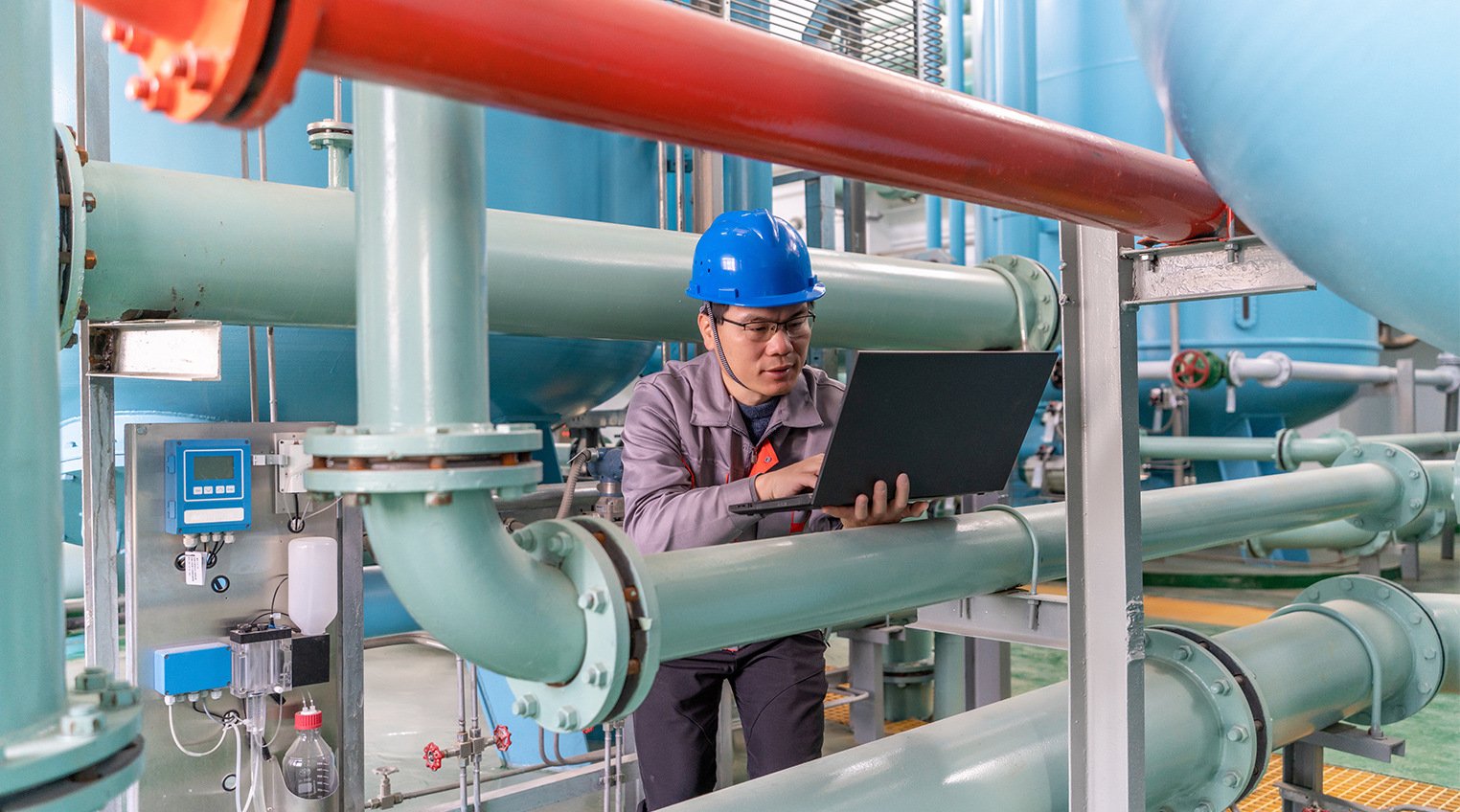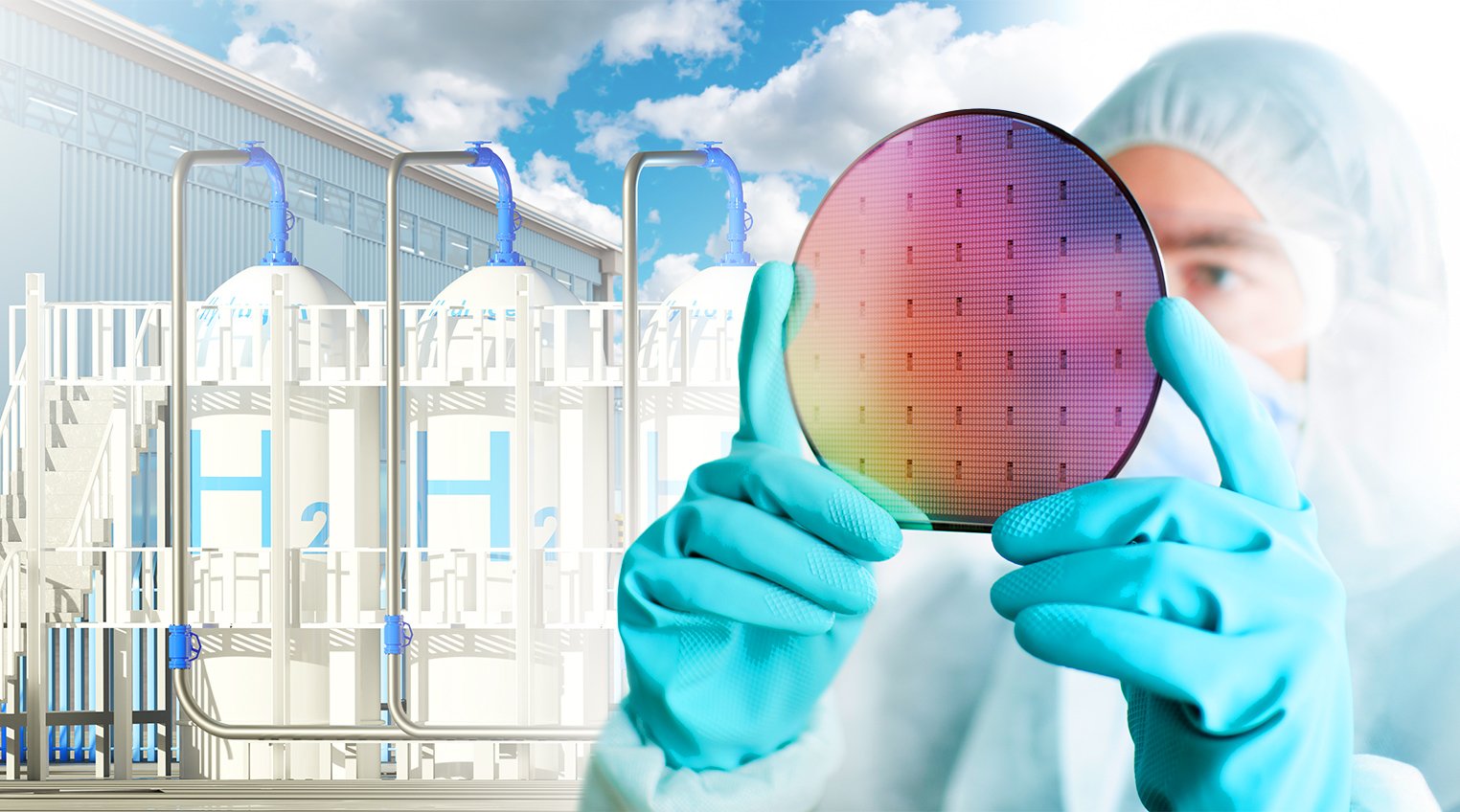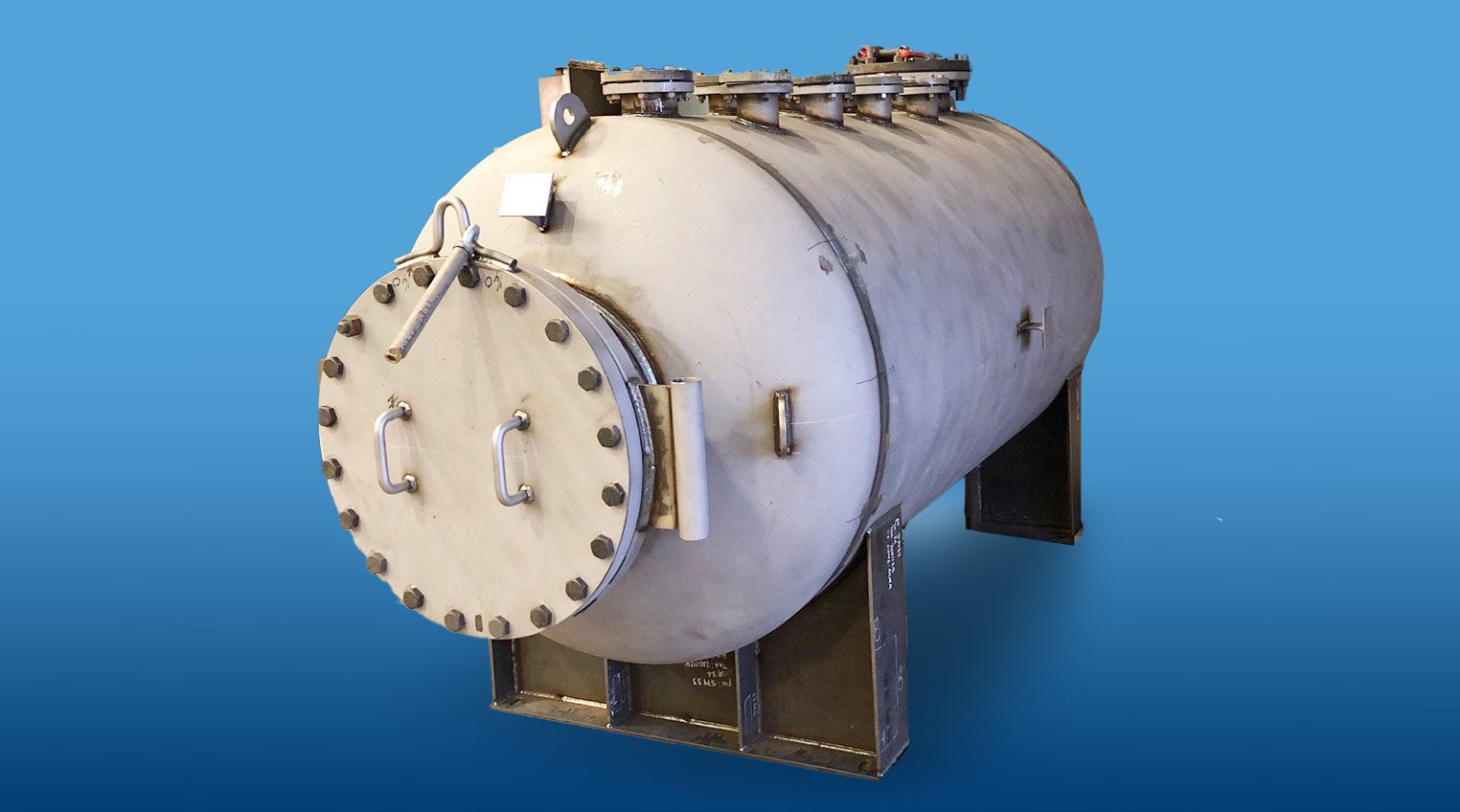When to Use an ETFE Lining Versus a PTFE Lining
Chemical processing plants and facilities dealing with corrosive fluids rely heavily on lined piping systems to protect against degradation and ensure safe, efficient operations. Two common lining materials are polytetrafluoroethylene (PTFE) and ethylene tetrafluoroethylene (ETFE). While both offer excellent chemical resistance, there are key differences in their properties, application methods, and ideal use cases that engineers and plant managers should understand to optimize protection against corrosion, to help extend the life span of critical equipment.
PTFE-lined piping: An industry standard

PTFE-lined steel piping has long been the go-to choice for many chemical processing applications due to its widespread availability and low cost, especially for standard pipe sizes and configurations. PTFE liners are typically pre-molded into tubes that are then inserted into steel pipes and flared at the ends to create a seal. This manufacturing process allows for high-volume production of common sizes, driving down costs.
For straight pipe sections and standard fittings in diameters up to 8 inches, PTFE-lined options can pose a more economical choice compared to alternative lining methods. Typical preformed PTFE pipe linings are available in common sizes from 2 to 6 inches in diameter. As pipe diameters get higher, in the 10-inch range or more, the price rises accordingly. Any special components, such as meters, valves, or strainers installed on a flange, will complicate any standard sleeve piping insertion.
Weep holes, a weak point that invites corrosion
 These restrictions mean that PTFE linings cannot suit every pipe application within a facility. While PTFE is among the most chemically inert substances, and therefore useful for pipe linings, it can pose certain challenges.
These restrictions mean that PTFE linings cannot suit every pipe application within a facility. While PTFE is among the most chemically inert substances, and therefore useful for pipe linings, it can pose certain challenges.
Additionally, PTFE linings typically require weep holes. Weep holes are small openings that allow for pressure equalization and leak detection. While serving an important purpose, these weep holes can become points of vulnerability, allowing moisture an entry point from the outside, which can lead to corrosion of the underlying steel pipe. This corrosion can pose a risk to the health and safety of employees. In addition, unanticipated corrosion can cause an abrupt equipment shutdown and expenses associated with loss of production.
In contrast to a preformed sleeve lining, the process of rotational lining bonds the fluoropolymer to the substrate — in this instance the pipe interior — leaving no space between the liner and the substrate. This eliminates the need for weep holes because there is nothing to bleed off.
Furthermore, the process of rotational lining supplies uniform bonding across the entire treatment area within the pipe interior, regardless of length or diameter if the part can fit within the oven.
Circumstances where ETFE rotational lining provides an advantage
While PTFE dominates in standard applications, there are several scenarios where ETFE rotational lining offers significant advantages. As a partially fluorinated polymer, ETFE is listed as supplying significantly superior strength against abrasion or impact relative to PTFE or PFA.
- Large diameter pipes. When pipe diameters measure 8 to 10 inches or more, the availability of premolded PTFE liners decreases and costs rise accordingly. ETFE rotational lining becomes more cost competitive in these larger sizes while offering superior performance for many features.
 Customization. Many process systems require non-standard pipe dimensions or specialized fittings. In these cases, custom PTFE liners may have long lead times, while ETFE rotational lining can be applied to virtually any configuration in days.
Customization. Many process systems require non-standard pipe dimensions or specialized fittings. In these cases, custom PTFE liners may have long lead times, while ETFE rotational lining can be applied to virtually any configuration in days.- Emergency replacements. When a PTFE liner fails unexpectedly, either
 caving or collapsing, or when an inspection reveals a failure, plant operators face a critical decision. Waiting weeks or months for a replacement PTFE liner, especially for custom parts, may not be feasible. ETFE rotational lining offers a rapid turnaround solution. This enables quick repairs and minimizes costly downtime.
caving or collapsing, or when an inspection reveals a failure, plant operators face a critical decision. Waiting weeks or months for a replacement PTFE liner, especially for custom parts, may not be feasible. ETFE rotational lining offers a rapid turnaround solution. This enables quick repairs and minimizes costly downtime. - Enhanced performance. Applications that require a high degree of permeation resistance should consider ETFE rotational lining. The rotational lining process creates a seamless, bonded layer with a uniform thickness. The resulting bond eliminates the pressure differential that can drive permeation in a more loose-fitting PTFE liner. Additionally, ETFE has a tighter molecular structure than PTFE, which offers lower permeability than PTFE.
- Eliminating weep holes. ETFE rotational lining does not require weep holes, removing a common point of failure in PTFE-lined systems. This can significantly extend the life span of the piping system by eliminating these vulnerabilities and the potential for corrosion at the weep holes.
Mixing and matching PTFE and ETFE: A practical approach
Given the relative strengths of both PTFE and ETFE linings, many facilities find that a mixed approach yields the best results. Standard, small-diameter piping can utilize cost-effective PTFE linings, while critical or custom components benefit from ETFE rotational lining. This strategy optimizes both cost and performance across the entire system.
 When integrating ETFE- and PTFE-lined components, it is essential to select and install the proper gasket. Ensure chemical compatibility for the selected materials and pay attention to torque specifications and gasket selection to create a reliable seal at the transition points.
When integrating ETFE- and PTFE-lined components, it is essential to select and install the proper gasket. Ensure chemical compatibility for the selected materials and pay attention to torque specifications and gasket selection to create a reliable seal at the transition points.
When evaluating lining options for a piping system, plant managers should also consider the downtime sensitivity of the project or piping that requires a lining. RMB Products leaves room in the fabrication schedule for emergency rotolining jobs and repairs. Rotational lining might provide an edge in circumstances when timing is critical.
Also, factor in the long-term costs. While PTFE might initially be lower for standard components, factor in the potential for earlier replacement or increased maintenance when making purchasing decisions.
Mixed-use linings offer the best solution for chemical plants
 Both PTFE and ETFE linings play important roles in protecting process piping from corrosion and chemical attack, offering excellent chemical resistance for pipe linings. Understanding the strengths and limitations of each allows engineers to make informed decisions that balance cost, performance, and long-term reliability.
Both PTFE and ETFE linings play important roles in protecting process piping from corrosion and chemical attack, offering excellent chemical resistance for pipe linings. Understanding the strengths and limitations of each allows engineers to make informed decisions that balance cost, performance, and long-term reliability.
Many facilities can benefit from a strategic mix of PTFE-lined standard, smaller components, and ETFE rotational lining for a more tailored, customized approach or when pipe diameters exceed 10 inches. This approach leverages the cost-effectiveness of PTFE where appropriate while leaning on the superior performance and flexibility that ETFE supplies for more challenging applications.
The chemical industry’s requirements for secure containment of its fluids will only increase with the rise of semiconductor fabrication and related sectors. Engineers who remain informed about lining options can ensure their facility will adapt to changing needs while maintaining the highest standards of safety and efficiency. Request a quote to begin working with RMB’s lining specialists on the optimal solution for your piping system.




